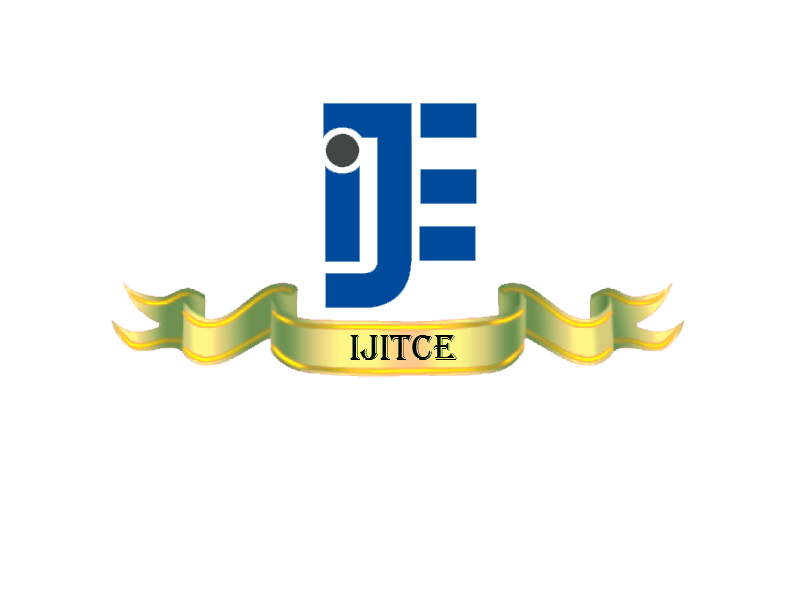June 2011 Issue Vol.1 No.6
Coefficient of Variation based Decision Tree (CvDT)
Hima Bindu K , Swarupa Rani K , Raghavendra Rao CAbstract: Decision trees are widely used for classification. Several approaches exist to induce decision trees. All these methods vary in attribute selection measures i.e., in identifying an attribute to split at a node. ID3 is the classic and popular decision tree algorithm which uses Information Gain based on Entropy as the node splitting criteria. This paper proposes a novel splitting criteria based on Coefficient of Variation and it is named as Coefficient of Variation Gain (CvGain). Empirical analysis based on standard data sets revealed that Coefficient of Variation based decision tree (CvDT) has less computational cost and time.
Keywords: Coefficient of Variation; CvGain; Decision Tree; Splitting Criteria
Use Of Braille Database For Design And Implementation Of Braille Handglove For Deafblind People
M.Rajasenathipathi , Dr. Arthanariee. A. M, and M.Sivakumar
Abstract:
Braille hand glove is one of the communication methods for the deaf blind. The Braille hand glove produces the vibration on the six position of the right hand of deaf blind. These six positions are matched to six values of Braille code. Here the user input is translated into Braille code by a conversion algorithm and the same is sent to hand glove to operate the corresponding vibration motors inside the glove. So instead of touching the raised dots in Braille sheet, this Braille hand glove produces vibration based on English character value. The hand glove vibration method sees to be most suitable medium for real-time communication for the benefit of deaf and blind people, who prefer to work in computer environment.
r/>
Keywords:
Braille, Glove, Vibration, Cell
Development of Reliable Multihomed Scatternet Network
R.Dhaya , Dr.V.Sadasivam , Dr.R.KanthavelAbstract: Since wireless networks are movable and flexible, the conventional protocols are standing behind fault tolerance problems. A new Stream control transmission protocol (SCTP) is a transport layer protocol which is reliable, message-oriented data transport protocol that supports multiple streams to prevent head-of-line blocking and multihoming for end-to-end network fault-tolerance. A host is multihomed if it can be addressed by multiple IP addresses. SCTP multihoming allows connections, or associations to remain alive even when an endpoint’s IP address become unreachable. In a multihomed host there will be at least two IP addresses. SCTP uses one IP for a primary path and the other IP for secondary path. Initially, SCTP uses the primary path for transmission of data. If the primary path fails then the secondary path is chosen for further transmission. Similarly if the secondary path fails then the primary path is chosen for further transmission. On the other hand Bluetooth Scatternet refers to a collection of Bluetooth piconets. The proposed Bluetooth Scatternet system uses the multihoming concept of SCTP for effective fault tolerance during data transmission.
Keywords: Multihoming, Scatternets, Piconets,Bluetooth.
PERISTALTIC PUMPING of a MICROPOLAR FLUID in an INCLINED CHANNEL
R.Hemadri Reddy A.Kavitha S.Sreenadh P.HariprabakranAbstract: Peristaltic pumping of a non-Newtinian micropolar fluid in an inclined channel is studied. The analysis has been carried out in the wave frame of reference with long wavelength and zero Reynolds number assumptions. The velocity distribution and stream functions are obtained. The pressure rise (drop) over one wavelength is obtained. The velocity field, the stream function, , the volume flux and the pressure rise over one cycle of the wave and frictional force are obtained and on the flow quantities are discussed graphically.
Keywords: Peristaltic transport; micropolar fluid; volume flow rate; pressure rise.
